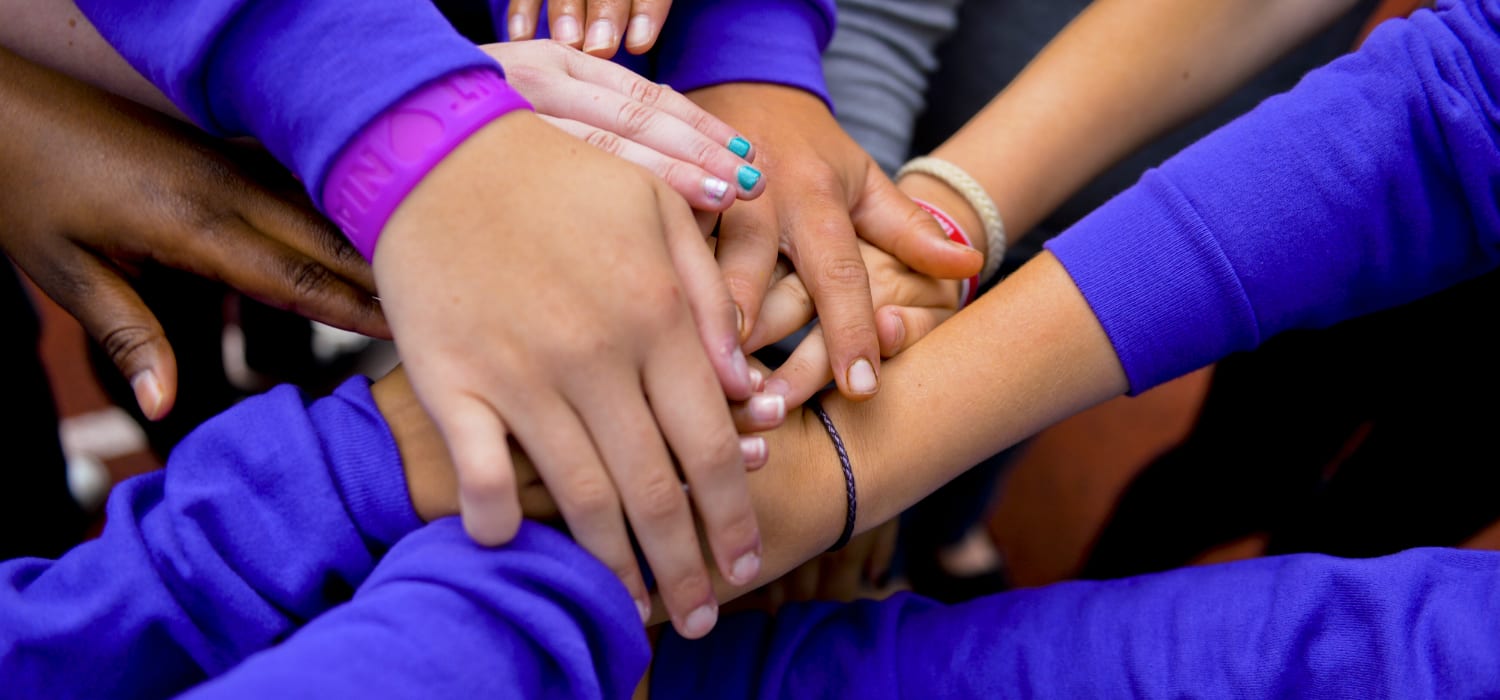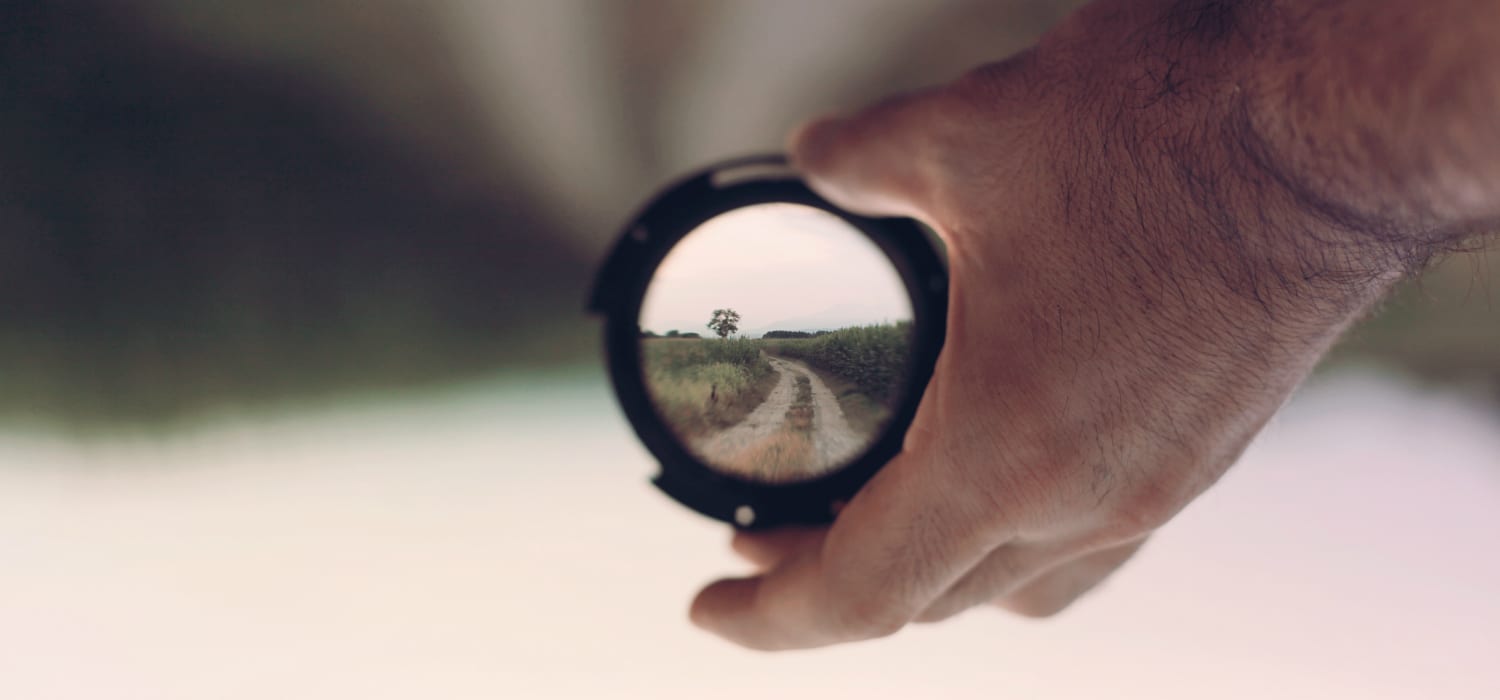The agency environment and native advertising haven’t always been immediate obvious friends, but according to Publicis, they should be. I sat down with Marcin Woźniak, Communication Strategy Director at LiquidThread to talk about the powerful impact native advertising has had on his campaigns.
LiquidThread, established in Poland in 2016, integrated Publicis Media content practices—including creative, digital development, video production, branded content and social media capabilities. Previously, LiquidThread was solely focused on branded content, whereas other units like NEXT, connected with Starcom and MediaVest, and Newcast, connected with Zenith existed.
LiquidThread merged these other competencies under one name, creating a large interactive agency that works mainly for Publicis clients.
Interview with Marcin Woźniak, Communication Strategy Director at LiquidThread.
 Based in Poland, today they create communications that effectively combine media and creativity into powerful campaigns.
Based in Poland, today they create communications that effectively combine media and creativity into powerful campaigns.
Tell me a little bit about yourself, and how you got to where you are today.
“My adventure with advertising began with traditional media planning at OMD media house. There I saw the rapid development of interactive media there, so I moved to Starcom where I was responsible for digital planning, including performance campaigns and social media.
It was there that I acquired both offline and online experience, and began my focus on designing integrated campaigns with digital at heart. Currently I’m a head of communication strategy department at LiquidThread, Publicis Media.”
Tell me about your agency—what types of clients do you serve, and what is your expertise? What channels do you include in your media mix?
“LiquidThread is a content hub for Publicis Media in Poland, and our mission is to create communications that effectively combine media and creativity into powerful campaigns. I’m tasked with inspiring and supervising content strategies for key clients like Coca Cola, T-Mobile, Mondelez or Deichmann.
Right now, most of our work is done for digital activities, but we also create content for above the line (ATL) campaigns.”
What encouraged you to get started with native advertising?
“I believe that native advertising is a natural extension of brand activities in the digital environment. Native was not invented because of ad blocking technology appeared as some might believe—it exists because it gives brands a qualitative space for their communication.
Native exists because it gives brands a qualitative space for their communication.
Five or 10 years ago we did a lot of sponsored articles in cooperation with publishers, but we didn’t know that this is a native advertising. We just wanted to extend the brand’s story, create wider a context for the communication and interest people via the content. We felt that talking only about the product would quickly get recipients bored.”
Would you recommend native to clients who aren’t already on board?

“Native would provide value to advertising activities that they are currently running. We know, based on our research, that the main force of this type of advertising lies in the indirect impact—supporting the whole brand media-mix.
People who have contact with native content declare that brand communication is more reliable, our message is highly credible, and there is a much higher power in our overall communication.
People who have contact with native content declare that brand communication is more reliable, our message is highly credible, and there is a much higher power in our overall communication. This affects the consumers buying intentions and moves them forward in the decision journey.”
Why do you think some agencies haven’t widely adapted native into their marketing plans?
“This indirect influence is sometimes a barrier. Brand managers see that part of the budget will be spent on activities that will not, by their definition, directly encourage people to buy the product.
They may be skeptical, as they will have to show the results to their own bosses, who require results here and now. Brand managers can convince them—with data or and with spectacular case studies.
Unfortunately many native executions are usually not so heart moving as a storytelling spot for TV, not as spectacular as VR/AR executions, and not as innovative as A.I.
We need more success stories, that will encourage others to try. Native advertising case studies are effective and work for brand success, but this approach requires aware marketers.”
Do you have any advice for other agencies looking to get started with native advertising?
“You don’t have to be radical in doing native campaigns. This is a channel that helps to effectively, but not intrusively, reach and engage your target group.
This is a channel that helps to effectively, but not intrusively, reach and engage your target group.
You don’t have to worry about sticking to the definition of native advertising. If you produce and share valuable content with your target group—you’ll be in a win-win situation.”
What do you see as the ‘secret sauce’ to being successful with native advertising? What’s better about native than the other channels you use?

“I think the main advantage is a prolonged exposure to a brand’s message, and the opportunity to create many instances of positive association in consumers’ minds. Native greatly supports the brand’s other channels, which may have higher impact and reach, but the message usually is limited to product and its benefits.
What do you see as the biggest challenge in the shift toward programmatic? What do you see as the biggest benefit?
“Technology is not a problem—that is for sure. We are 100% ready for programmatic campaigns, but adaptation of technology by marketers is far slower than we expected.
Programmatic has been known for two to three years, but is just now achieving a proper share of media budgets. What will accelerate this shift is the opportunity to seed content more precisely at larger scale.
An additional benefit is the access to data. Marketers can gain more knowledge of campaign performance, and can effectively optimize their native activities in short and long term.”
How does video generally fit into a multi-channel strategy?
“Video is a crucial part of an effective multi-channel strategy. Brands generally move budgets from static executions to video because research has proven its effectiveness—from increased CTR to higher impact on brand attributes.
But even the best videos will not make a good campaign on their own. Video production is costly and time consuming. Usually, we’re not able to produce different video for each segment, so to run precise campaigns we need to supplement it with other content, for example—native.”
What are your predictions for digital advertising in 2018? Big changes?
“Digital will continuously rise—that’s a no brainer. I think there will also still be a focus on programmatic and influencer marketing.
Last year the industry talked a lot about new trends like augmented reality (AR), virtual reality (VR), chatbots and artificial intelligence (A.I.). I think this will be the year where marketers learn to include them effectively in their campaigns. I also hope it will bring higher awareness to what native advertising is, and what it gives to the brands.”
What will be your number one focus for 2018?

“My number one focus as a strategist to take care that brand strategies are written down. According to IAB research in Poland, only 35% marketers have their content strategies documented. That means that they do their content activities ad hoc.
That’s dangerous to the consistency of brand communication—there are more technological opportunities for brands today, so it’s important to control and double check that our ‘innovative campaign’ is in line with our overall communication strategy. “
Taboola has been working with Publicis Media in Poland since 2015. Recently, Marcin spoke about his work with Taboola in our masterclass in Poland—click here to sign up for the next one in your city.